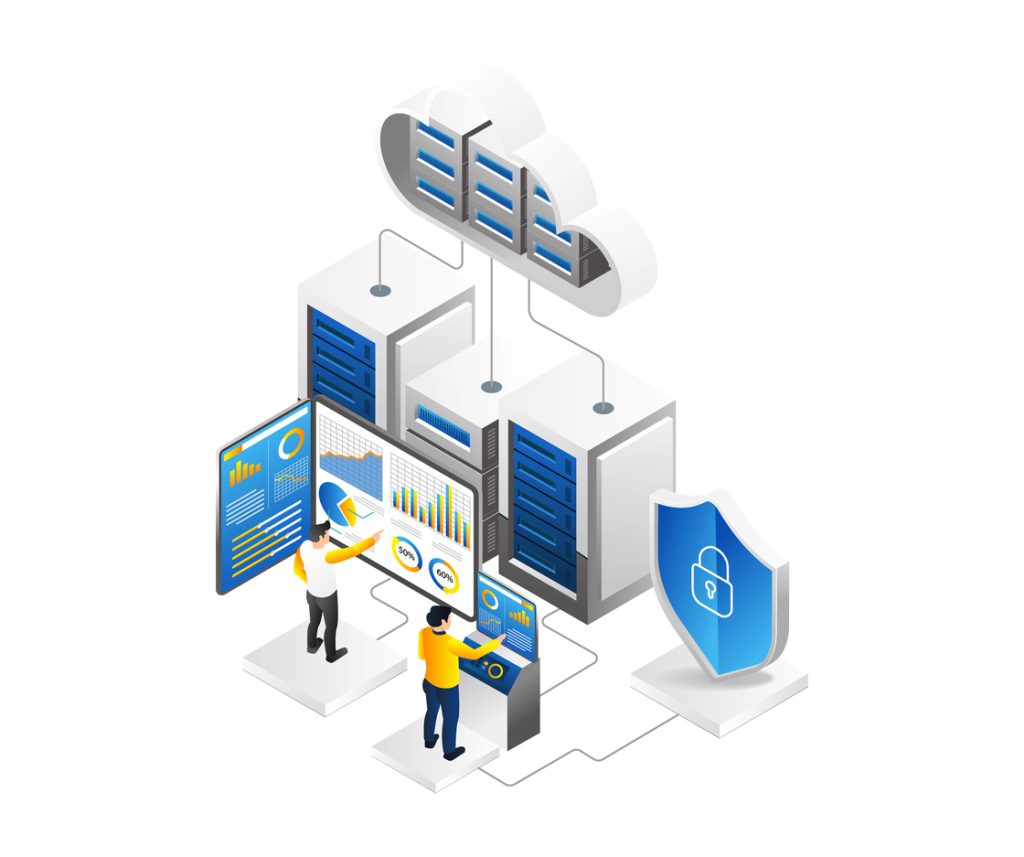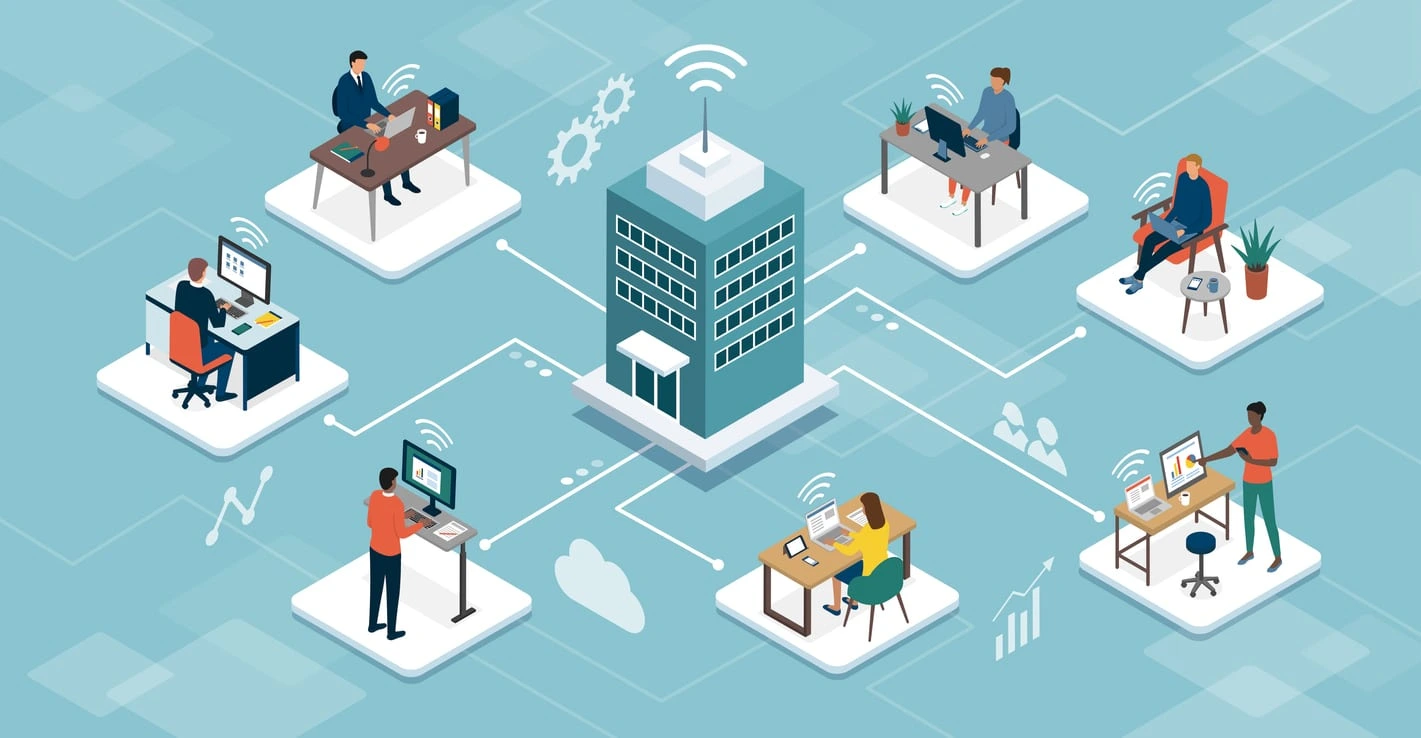Remote work is here to stay – make sure your company systems are protected.
Remote work has gone from a novelty borne of necessity to an established workplace practice. Unified communications platforms have broken down the silos between voice, video, messaging, and document-sharing services to improve collaboration and minimize the need for in-person meetings and travel.
Employees in home offices don’t often have the same level of cybersecurity infrastructure found in the business office. Safeguarding company systems in a remote work model requires you to shore up and revamp your IT and security practices.
Benefits of Remote Work
Employees with families, long-distance commutes, and responsibilities outside the workplace quickly recognized the positive impact of remote work on their work-life balance during the pandemic. But the net gain in output came as a surprise to workers and employers alike. Recent studies have shown that working from home increases productivity by up to 13%.
Other benefits of remote work include:
- Mobility: Remote work has expanded from the home to include summer/winter vacation homes and almost any other location with WiFi service.
- Cost savings: Employees save money on gas, car maintenance, and meals, while employers save on utilities, infrastructure, and travel expenses.
- Recruitment and retention: With remote work becoming a desirable benefit, providing this flexible option helps companies attract and retain talent.
How Do You Keep Company Systems Safe in the Era of Remote Work?
Remote and hybrid work are here to stay, so our strategies to secure important company systems must be designed with this in mind. Multi-faceted security and IT infrastructure models should encourage you to:
Improve Authentication
No one should be accessing network files and company resources unless you are 100% certain they are who they claim to be. Practices like 2-factor authentication (2FA) and multi-factor authentication (MFA) to positively identify remote users are essential for preventing unauthorized access.
Utilizing the principle of least privilege to limit remote employees to only essential applications and services is another useful way to impose control over remote system access.

Update Security Policies
You need to develop and enforce security practices to account for home-based workers, which means creating an updated security policy. The new policy should include things like acceptable personal device and WiFi use, reporting of suspected hacking or phishing, and network access rules and restrictions.
The security policy should be supported by live training for all employees to make sure remote workers are fully aware of the changes and potential security threats.
Always Encrypt
Encryption to convert data into an unrecognizable format and protect it from hacking is always valuable, but even more so when employees are working remotely. End-to-end encryption should be in place for any applications employees use to communicate with the network or other employees.
When remote workers utilize personal devices for work, it is also important to establish an encrypted, containerized workspace for each of these devices.
Set Up a VPN
A virtual private network (VPN) encrypts all data transmissions to and from remote employee devices and also brings additional benefits. A secure VPN portal is the best way to provide employees direct and easy access to network files. This helps to curtail the storage of sensitive files on hard drives or thumb drives that become vulnerable in cases of device loss/theft or malware attacks.
The VPN also helps to protect company data and employee privacy when workers log into unsecured public WiFi networks while travelling.

Work with Specialized Providers
Third-party software suppliers play a pivotal role in enabling the practical aspects of remote work and bolstering productivity. Collaboration tools like Microsoft Teams, Slack, and Zoom streamline remote and hybrid workplace models in ways that were not previously possible. Third-party suppliers are also essential for providing the software and guidance necessary to secure company systems with tools including:
- Antivirus Software to protect employee (and company) devices from malware and other threats.
- 2-Factor Authentication solutions to standardize and strengthen access controls.
- Cloud-Based Data Backup and recovery services to protect sensitive files from outages or cybersecurity events.
- Firewalls to prevent malicious or suspicious files from entering the company network.
- Remote Employee Monitoring solutions to detect security threats or policy violations and ensure configuration updates and security patches are rolled out in a timely manner.
Need Help Securing Your Company Systems?
We understand how the complexity of a remote, dispersed workforce can lead to confusion and indecision. Give us a call today and learn how to secure your company systems in a rapidly changing cybersecurity environment.

